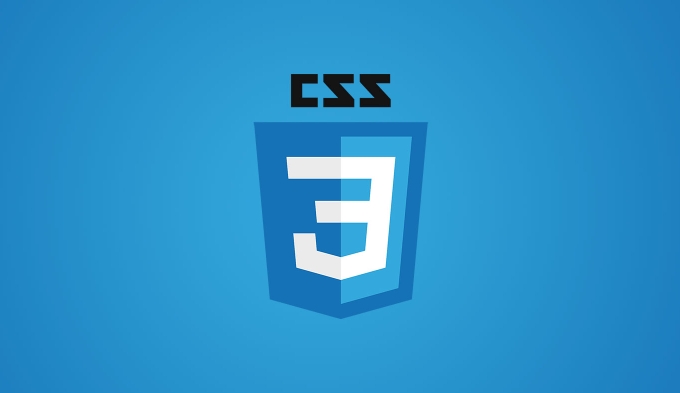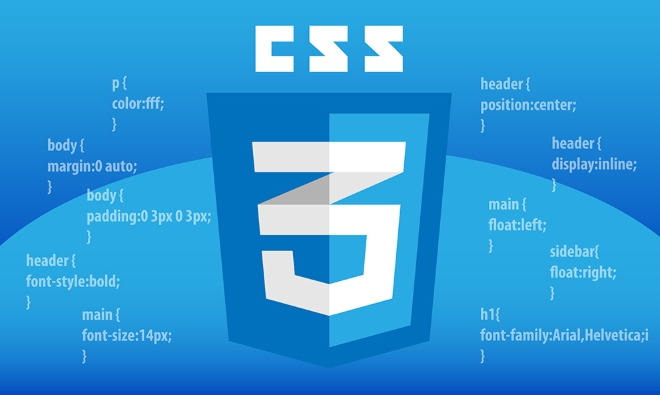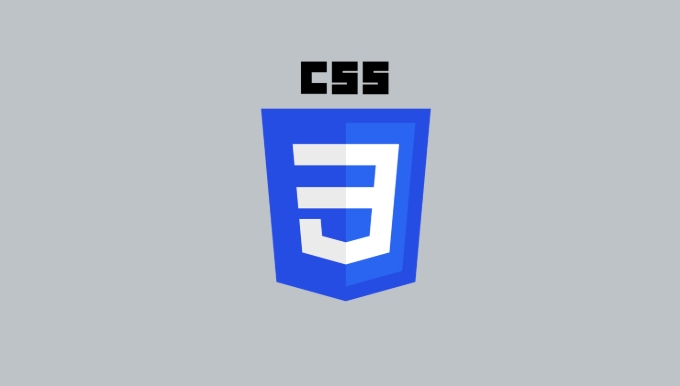The border-image CSS property allows complex borders using images by slicing them into sections. 1. It divides an image into nine parts like a tic-tac-toe grid, keeping corners fixed while edges stretch or repeat. 2. The syntax includes source, slice, width, outset, and repeat values, offering control over border appearance. 3. Use it instead of solid colors or gradients when decorative borders are needed, as it maintains layout cleanliness and scalability. 4. Test across browsers for compatibility, especially with older versions, though it generally scales well with element sizes and supports animation or theme switching via CSS variables.

When you need borders that go beyond simple colors or gradients, border-image is the right tool. It lets you slice an image into parts and stretch or repeat them to fit any border shape. While it might sound complicated at first, once you understand how the slicing and tiling work, it becomes a powerful way to style elements.

What border-image actually does
At its core, border-image replaces the regular border with parts of an image. The browser slices this image into nine sections — like a tic-tac-toe board — and uses each part accordingly:

- The corners stay fixed
- The edges stretch or repeat to fit the border width
This means you can design borders with complex patterns or textures that match your site’s visual style better than solid colors or gradients ever could.
For example, if you're designing a UI panel with beveled edges or a custom frame around a photo, border-image gives you control without needing extra HTML elements or background tricks.

How to set it up step by step
Here's the basic syntax:
border-image: source slice / width / outset / repeat;
Let’s break down what each part does and how to use it:
- source: URL of the image you want to use as a border
- slice: Defines how the image gets split into 9 regions (top, right, bottom, left)
- width: How thick the border should be
- outset: Optional; shifts the border outward from the element’s edge
- repeat: Controls how the middle sections behave (
stretch,repeat,round)
A common setup looks like this:
border-image: url(border.png) 30 / 10px / 0 stretch;
This tells the browser to use border.png, slice it at 30px on all sides, set the border width to 10px, and stretch the edge images instead of repeating them.
Make sure your image has enough space in each direction — otherwise, stretching might distort the corners or edges.
When and why to use it over other border styles
You don’t always need border-image. If you’re going for a clean, modern look, solid colors or gradients are easier to maintain. But when you need something more decorative or unique — like a scanned paper edge, vintage frame, or wood texture — border-image shines.
Also, compared to using background images or multiple layers, border-image keeps your layout cleaner and scales better with different element sizes. You can even animate the image or switch between themes by swapping out the image URL via CSS variables.
One thing to watch: not all browsers handle border-image exactly the same, especially older ones. So test across platforms if compatibility matters for your project.
That’s basically how border-image works. It takes a bit more setup than regular borders, but once you get the hang of slicing and adjusting the values, it opens up a lot of creative options.
The above is the detailed content of Applying CSS Border-image for complex borders. For more information, please follow other related articles on the PHP Chinese website!

Hot AI Tools

Undress AI Tool
Undress images for free

Undresser.AI Undress
AI-powered app for creating realistic nude photos

AI Clothes Remover
Online AI tool for removing clothes from photos.

Clothoff.io
AI clothes remover

Video Face Swap
Swap faces in any video effortlessly with our completely free AI face swap tool!

Hot Article

Hot Tools

Notepad++7.3.1
Easy-to-use and free code editor

SublimeText3 Chinese version
Chinese version, very easy to use

Zend Studio 13.0.1
Powerful PHP integrated development environment

Dreamweaver CS6
Visual web development tools

SublimeText3 Mac version
God-level code editing software (SublimeText3)

Hot Topics
 How can I include CSS only on some pages?
Jun 11, 2025 am 12:01 AM
How can I include CSS only on some pages?
Jun 11, 2025 am 12:01 AM
There are three ways to selectively include CSS on a specific page: 1. Inline CSS, suitable for pages that are not frequently accessed or require unique styles; 2. Load external CSS files using JavaScript conditions, suitable for situations where flexibility is required; 3. Containment on the server side, suitable for scenarios using server-side languages. This approach can optimize website performance and maintainability, but requires balance of modularity and performance.
 Flexbox vs Grid: Understanding the Key Differences in CSS Layout
Jun 10, 2025 am 12:03 AM
Flexbox vs Grid: Understanding the Key Differences in CSS Layout
Jun 10, 2025 am 12:03 AM
Flexboxisidealforone-dimensionallayouts,whileGridsuitstwo-dimensional,complexlayouts.UseFlexboxforaligningitemsinasingleaxisandGridforprecisecontroloverrowsandcolumnsinintricatedesigns.
 Creating an Auto-Closing Notification With an HTML Popover
Jun 10, 2025 am 09:45 AM
Creating an Auto-Closing Notification With an HTML Popover
Jun 10, 2025 am 09:45 AM
The HTML popover attribute transforms elements into top-layer elements that can be opened and closed with a button or JavaScript. Popovers can be dismissed a number of ways, but there is no option to auto-close them. Preethi has a technique you can u
 What is 'render-blocking CSS'?
Jun 24, 2025 am 12:42 AM
What is 'render-blocking CSS'?
Jun 24, 2025 am 12:42 AM
CSS blocks page rendering because browsers view inline and external CSS as key resources by default, especially with imported stylesheets, header large amounts of inline CSS, and unoptimized media query styles. 1. Extract critical CSS and embed it into HTML; 2. Delay loading non-critical CSS through JavaScript; 3. Use media attributes to optimize loading such as print styles; 4. Compress and merge CSS to reduce requests. It is recommended to use tools to extract key CSS, combine rel="preload" asynchronous loading, and use media delayed loading reasonably to avoid excessive splitting and complex script control.
 How to use Lotties in Figma
Jun 14, 2025 am 10:17 AM
How to use Lotties in Figma
Jun 14, 2025 am 10:17 AM
In the following tutorial, I will show you how to create Lottie animations in Figma. We'll use two colorful designs to exmplify how you can animate in Figma, and then I'll show you how to go from Figma to Lottie animations. All you need is a free Fig
 Breaking Boundaries: Building a Tangram Puzzle With (S)CSS
Jun 13, 2025 am 11:33 AM
Breaking Boundaries: Building a Tangram Puzzle With (S)CSS
Jun 13, 2025 am 11:33 AM
We put it to the test and it turns out Sass can replace JavaScript, at least when it comes to low-level logic and puzzle behavior. With nothing but maps, mixins, functions, and a whole lot of math, we managed to bring our Tangram puzzle to life, no J
 External vs. Internal CSS: What's the Best Approach?
Jun 20, 2025 am 12:45 AM
External vs. Internal CSS: What's the Best Approach?
Jun 20, 2025 am 12:45 AM
ThebestapproachforCSSdependsontheproject'sspecificneeds.Forlargerprojects,externalCSSisbetterduetomaintainabilityandreusability;forsmallerprojectsorsingle-pageapplications,internalCSSmightbemoresuitable.It'scrucialtobalanceprojectsize,performanceneed
 Does my CSS must be on lower case?
Jun 19, 2025 am 12:29 AM
Does my CSS must be on lower case?
Jun 19, 2025 am 12:29 AM
No,CSSdoesnothavetobeinlowercase.However,usinglowercaseisrecommendedfor:1)Consistencyandreadability,2)Avoidingerrorsinrelatedtechnologies,3)Potentialperformancebenefits,and4)Improvedcollaborationwithinteams.






